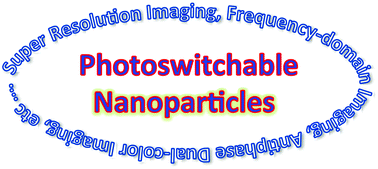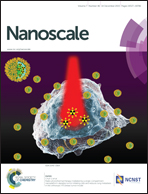Photoswitchable fluorescent nanoparticles and their emerging applications
Abstract
Although fluorescence offers ultrasensitivity, real-world applications of fluorescence techniques encounter many practical problems. As a noninvasive means to investigate biomolecular mechanisms, pathways, and regulations in living cells, the intrinsic heterogeneity and inherent complexity of biological samples always generates optical interferences such as autofluorescence. Therefore, innovative fluorescence technologies are needed to enhance measurement reliability while not compromising sensitivity. In this review, we present current strategies that use photoswitchable nanoparticles to address these real-world challenges. The unique feature in these photoswitchable nanoparticles is that fundamental molecular photoswitches are playing the critical role of fluorescence modulation rather than traditional methods like modulating the light source. As a result, new innovative technologies that have recently emerged include super-resolution imaging, frequency-domain imaging, antiphase dual-color correlation, etc. Some of these methods improve imaging resolution down to the nanometer level, while others boost the detection sensitivity by orders of magnitude and confirm the nanoparticle probes unambiguously. These enhancements, which are not possible with non-photoswitching molecular probes, are the central topics of this review.


 Please wait while we load your content...
Please wait while we load your content...